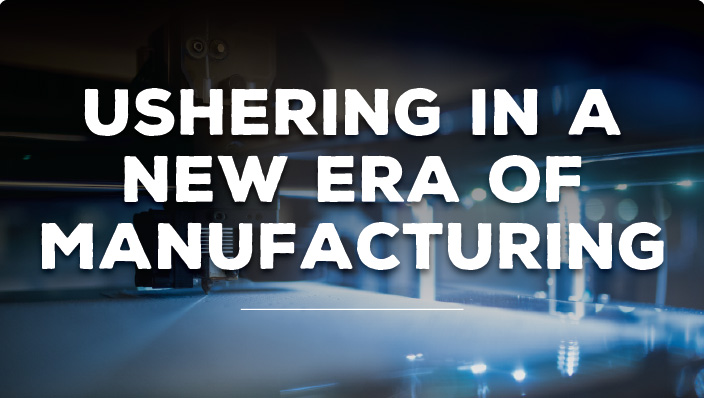Industry 4.0 and the "Smart Factory"

The first Industrial Revolution was a period marked by mechanization and a shift to improved systems of transportation. The second Industrial Revolution brought rapid mass production; and the third era of industry introduced automation – the beginning of computers and robots replacing human workers.
Now Industry 4.0, the fourth industrial revolution, introduces what is commonly referred to as the “smart factory” or the convergence of information systems and production systems in a transformative way.
This industrial Internet of Things revolution is characterized by a continuous and real time communication between the automated, highly complex production processes of a factory and the digital environment, with human operators monitoring the systems. The result is a connected environment of data, processes, people, and production assets, where computing and communication systems are added to physical systems. Machines no longer just make the product, but systems and networks capable of independently exchanging and responding to information with the machine in real time tell it how to make the product. “Smart factories” combine the digital virtual world and the real world.
Through this trend of automation and data exchange in manufacturing technologies, production facilities can benefit from increased productivity, quality, flexibility, and speed. Specifically, factory 4.0 technology means greater levels of automation for production and product inspection. It also means more efficiency in terms of energy and raw material use.
At Radiall, “Factory 4.0” is one of the 5 working groups within the company’s transformative Radiall 2025 project. We’re looking at what ideas and solutions we need to implement to create the factories of the future. Our current use of 3D printing, robotics, and advanced computer systems is just the start.
The future is data management. With intelligent objects communicating in real time with each other, these embedded systems form a new world of functionality. The goal of utilizing these innovative technologies is to increase our company’s manufacturing flexibility, reactivity, data analysis and competitiveness.
Click here for more on Industry 4.0 and the computerization of manufacturing, where you can read this brief from the European Parliament.


